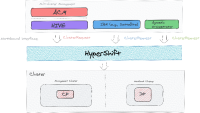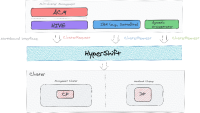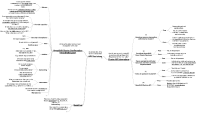-
Feature
-
Resolution: Done
-
Undefined
-
None
-
Product / Portfolio Work
-
-
0% To Do, 0% In Progress, 100% Done
-
False
-
None
-
False
-
None
-
None
-
None
-
None
-
None
-
None
-
None
-
None
-
None
-
None
-
Undefined
Feature Overview
Hypershift is a cluster-as-a-service provisioning tool, the end-product for HyperShift is a working cluster with externalized and centrally managed control-planes. HyperShift is not an orchestrator, and neither it is an immediate end-user facing management layer, it is rather a consumable that takes cluster requests and gives clusters back as a response.
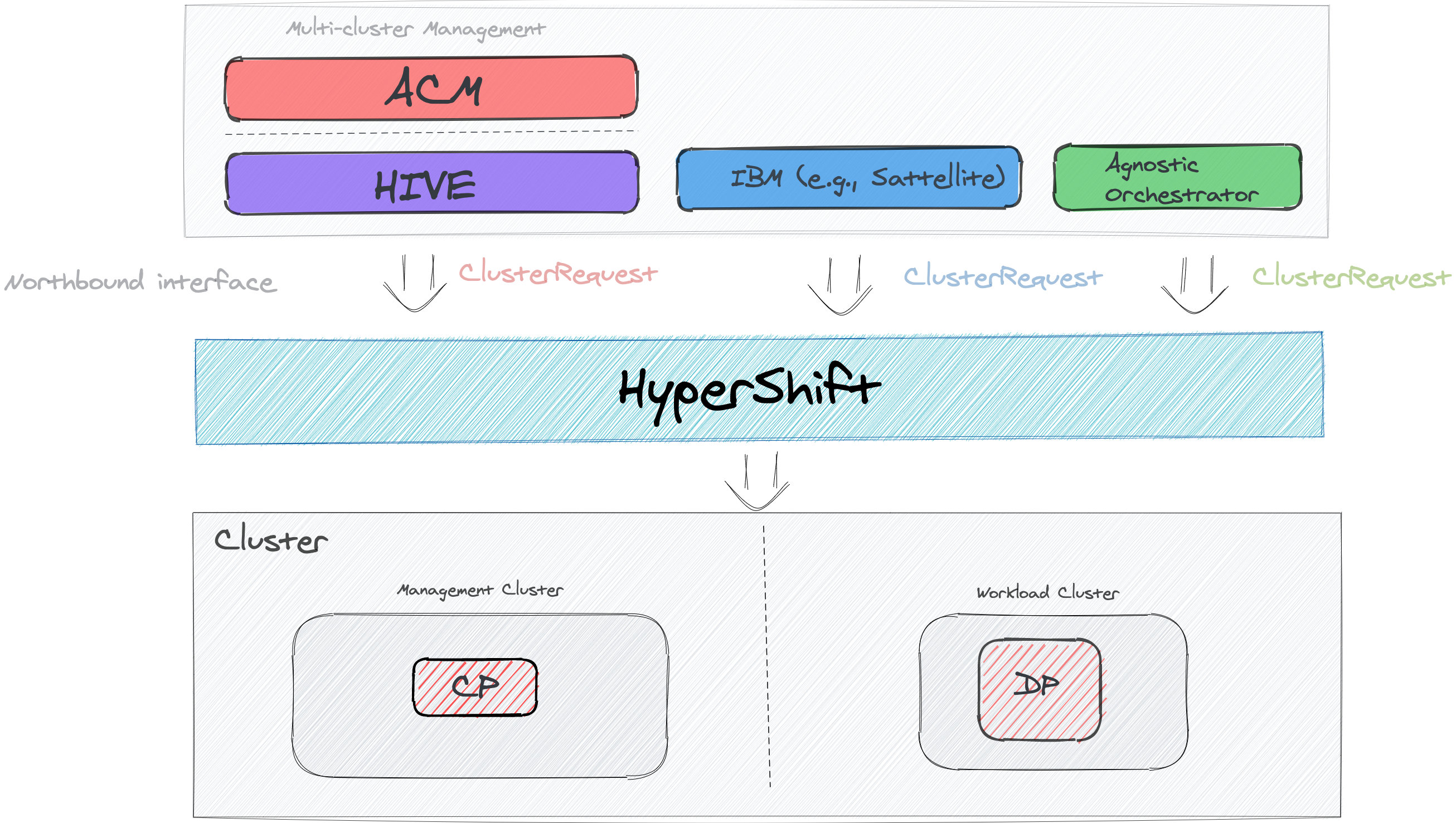
That said, it is important to expose a relaxed and configurable API up to cluster orchestrators to accommodate each of their usage models. That flexibility should be adopted with care however, with power comes great responsibility ![]()
Background, and strategic fit
The benefits of externally managed control planes are highlighted in the Market Problem for HyperShift [1]. These benefits might make sense to reap for users who have environments that match the characteristics of the HyperShift value proposition. Those users might be using different North-bound orchestrator for directly interacting with their clusters, making sure HyperShift cover the needs of those orchestrators improves user-experience by a great factor and ensures a homogenous experience across all the Northbound orchestrators.
Goal(s)
The goal of these features is to answer important questions around the HyperShift APIs:
- How do we integrate with similar upstream initiatives for cluster-lifecycle management (i.e., Cluster API)?
- What fields do we want to expose in our facing API (e.g., networking, provider configuration, security, storage, add-ons, etc)?
- How do we go about machine-management and autoscaling, how will HyperShift's NodePool resource adapt to those needs?
More details about those questions can be viewed in the figure below:
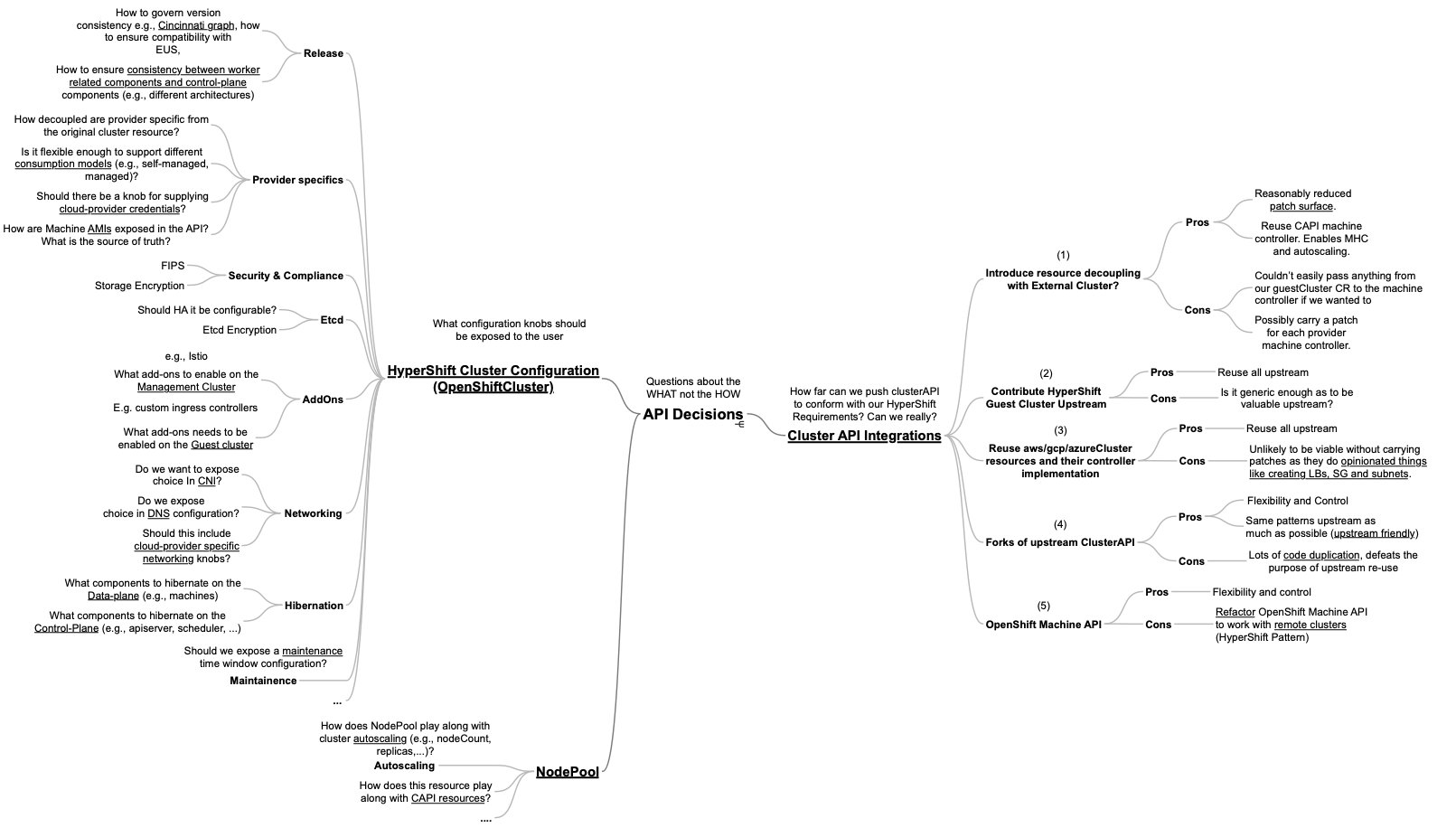
Notes
Collaboration with various teams is likely required to get to a stable looking API. Furthermore, sync with similar products (e.g., ROSA) on how they expose things like cloud-provider credentials in their API might be needed.
Documentation Considerations
Questions to be addressed:
- What educational or reference material (docs) is required to support this product feature? For users/admins? Other functions (security officers, etc)?
- Does this feature have doc impact?
- New Content, Updates to existing content, Release Note, or No Doc Impact
- If unsure and no Technical Writer is available, please contact Content Strategy.
- What concepts do customers need to understand to be successful in [action]?
- How do we expect customers will use the feature? For what purpose(s)?
- What reference material might a customer want/need to complete [action]?
- Is there source material that can be used as reference for the Technical Writer in writing the content? If yes, please link if available.
- What is the doc impact (New Content, Updates to existing content, or Release Note)?
References
- relates to
-
HOSTEDCP-115 HyperShift For ROKS MVP Requirements (Moved from Github)
-
- Closed
-
-
HOSTEDCP-70 Define Basic Hypershift User-facing API
-
- Closed
-
-
HOSTEDCP-69 Enable Guest cluster node auto repair
-
- Closed
-
-
HOSTEDCP-68 Enable Guest cluster autoscaling
-
- Closed
-
-
OCPPLAN-6106 Add autoscaling support with Machine Deployents
-
- Closed
-
-
HOSTEDCP-66 [RFE]Allow some apiserver configuration (spec.additionalCORSAllowedOrigins)
-
- Closed
-
